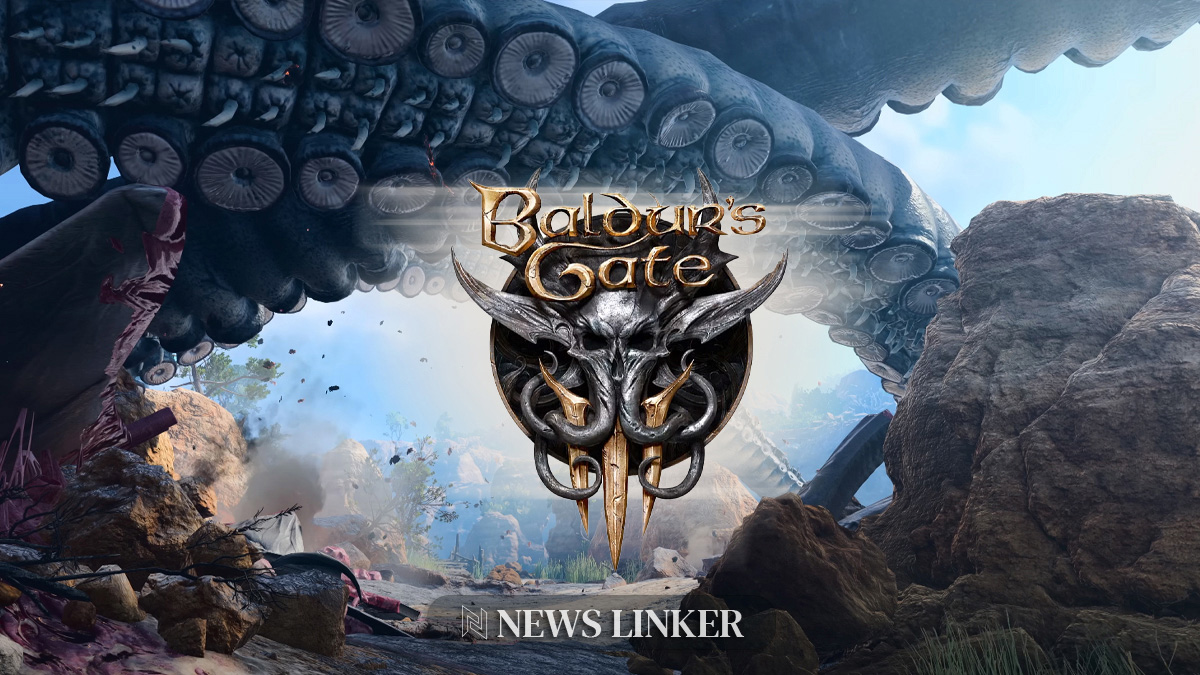Venturing into the ominous path of Baldur’s Gate 3, one gamer recounts their experience as a villainous cleric in an Honour Mode playthrough. Their malicious quest leaves a chilling silence in its wake, with deeds dark enough to unnerve the bustling city streets of Baldur’s Gate itself. The journey unfolds with the cleric indulging in evil acts at the behest of their malevolent deity and wreaking havoc across the game’s landscape.
The Dark Urge Questline and a City of Shadows
In Act 2, the cleric carries out a series of heinous crimes including the massacre of a druid grove and the Harpers, and the execution of Isobel on command. The cleric’s destructive nature finds solace in Wulbren Bongle’s explosive assistance. A pivotal battle at Moonrise Towers ensues, demanding both strategy and brute force, resulting in a vast death toll memorialized in a video by the player.
The Solitude of Evil and the Cost of Villainy
Contrasting a typical game’s end-of-act triumph with the desolation of the cleric’s choices, celebratory crowds and warm companionship give way to an empty victory alongside their sparse party. The campsite, meant for a larger assembly of characters, stands empty and forlorn, highlighting the isolation that comes with the cleric’s ruthless decisions. Furthermore, the Honour Mode’s permadeath feature emphasizes the importance of strategic play, which becomes difficult due to limited resources resulting from the evil path chosen.
The consequences of malevolence become evident as the cleric loses access to valuable items and allies, sacrificed to their merciless agenda. Key characters like Dammon are slain, forfeiting potent gear that could have benefited the cleric’s cause. As the playthrough progresses, the realization dawns that the final battle will be fought with meager support, casting a shadow on the impending victory.
Reflecting on the “good” version of the game, it becomes apparent that an evil run is a stark contrast, characterized by loneliness and relentless brutality. This path lacks the rich narrative and camaraderie found in the more virtuous playthrough. While the role of the antagonist proves to be underwhelming, it offers a unique perspective on the consequences of unrelenting evil, reminiscent of the desolate aftermath experienced in games like Undertale’s genocide route.
Concluding the tale of devastation, it’s evident that the choices made by the player’s cleric have lasting repercussions, not only on the fictional world of Baldur’s Gate 3 but also on the gaming experience itself. The absence of heroism and the overwhelming presence of malevolence underscore a narrative that is both compelling and cautionary, where the silence of solitude echoes louder than the clamor of victory.










